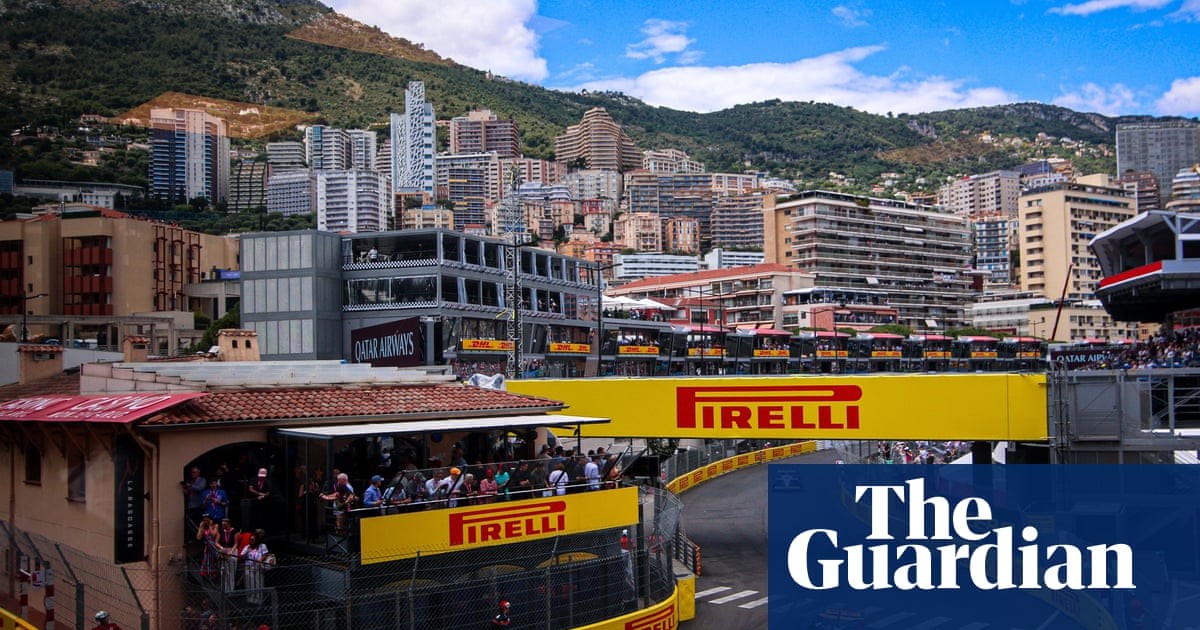The Monaco Grand Prix, a jewel in Formula One’s crown, has become a predictable procession. This weekend, F1 aims to reignite the race’s excitement with a new mandate forcing two pit stops per driver. The narrow track has made overtaking nearly impossible, turning the race into a test of tire management rather than daring maneuvers.
The mandate requiring all drivers to use three sets of tires aims to shake up the established order. This decision comes after last year’s uneventful race, where a red flag allowed teams to make a single tire change without a pit stop, resulting in a stagnant top 10. The hope is that by forcing strategic decisions and quick reactions, the Monaco GP will once again live up to its legendary status.
The Enduring Challenge of Monaco
Since its inception in 1929, the Monaco Grand Prix has always presented a unique challenge: overtaking. The circuit’s narrow layout, a hallmark of genuine street circuits, has historically tested drivers’ skills and nerve. However, as Formula One cars have grown in size and weight, overtaking has become an increasingly rare and difficult feat.
Last year’s race epitomized this issue. A red flag early in the race allowed teams to change tires without losing position, leading to a monotonous procession where the top 10 finishers mirrored the starting grid. Drivers, wary of overworking their tires, made little to no attempt to pass, resulting in a lackluster event.
Oscar Piastri of McLaren remarked,
“I think at one point we were going slower than Formula 2.”
, highlighting the extreme tire conservation that defined the race.
Technical Regulations and the Overtaking Predicament
The 2017 technical regulation changes, which widened the cars from 1.80 to 2 meters, exacerbated the overtaking problem. This increase in width made maneuvering within Monaco’s tight confines even more challenging. George Russell of Mercedes noted the substantial speed advantage needed to execute a pass.
Russell explained,
“My strategist said you need four and a half seconds to be quicker for a 50% chance, so four and a half seconds to have a half chance. So basically, you’re never going to overtake, anything less than two and a half seconds is a zero percent chance of an overtake.”
. The sheer size and weight of modern F1 cars demand an enormous performance gap to make an overtaking attempt viable.
The Two-Stop Mandate: A Potential Solution?
With car dimensions unlikely to change drastically soon, F1 has turned to strategic regulations to inject excitement. The enforced two-stop mandate aims to introduce variability into the race. While it’s unlikely to transform Monaco into an overtaking frenzy, it will force teams to adapt and make critical decisions under pressure.
Max Verstappen commented,
“I guess it can go both ways, where it can be quite straightforward or it can go completely crazy because of safety cars coming into play or not, making the right calls.”
, reflecting the uncertainty surrounding the mandate’s effectiveness but acknowledging the value of trying something new.
Variables and the Potential for Unpredictability
The variables at play are numerous. Safety cars and Virtual Safety Cars (VSCs) could trigger mass pit stops, while teams may opt for early double-stops to gain track position. Red flag periods, if they occur, could negate the need for pit stops altogether, leading to strategic chaos. The possibility of allowing free tire changes under red flags remains a long-overdue consideration.
Qualifying and Practice Sessions
As the race approaches, one certainty remains: the pole-sitter in Monaco holds a significant advantage. Qualifying promises to be an intense battle for the front spot. In the first practice session, Charles Leclerc led the pack despite an early incident with Lance Stroll, who received a one-place grid penalty.
Leclerc was a tenth and a half ahead of Verstappen, with Lando Norris in third. The afternoon session saw Leclerc maintain his lead, followed by Piastri and Lewis Hamilton in third, hinting that Ferrari’s concerns about their car’s performance in slow corners might be unfounded. Piastri experienced the unforgiving nature of Monaco firsthand, losing his front wing at Sainte Devote but recovering to finish second, while Verstappen struggled, finishing 10th.
Conclusion: A Race into the Unknown
The 2025 Monaco Grand Prix is a race into the unknown, with the new tire mandate introducing a layer of unpredictability. The strategic decisions made by teams, the timing of pit stops, and the intervention of safety cars will all play crucial roles in determining the outcome. The driver who secures pole position will still have a significant edge, but the race itself promises to be anything but predictable.
Whether the changes succeed in revitalizing the Monaco GP remains to be seen, but the willingness to experiment and challenge the status quo is a positive sign. As Verstappen noted, it’s worth trying something, even if the results are uncertain. F1 is seeking to inject much-needed life into a jewel that had lost some of its shine, and this weekend’s race will be a key test of that effort.

Leave a Reply